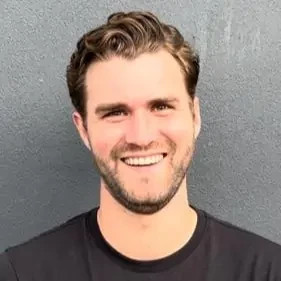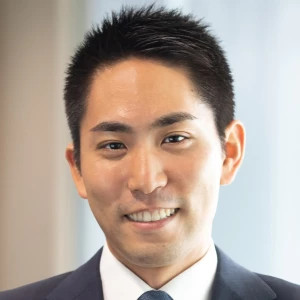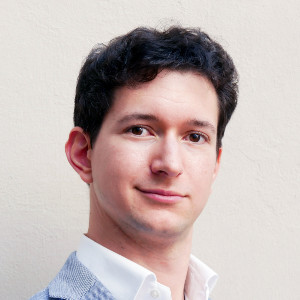Is it ok to say what you observe on the graph (eg I see revenues have halved over the past few days). I heard that observations like this are things anyone can see and they are not insights. If you say I noticed revenues have halved but costs have stayed the same so our profitability issue is likely revenue driven..that is an insight. So should we avoid mentioning observations of any kind in exhibits and just stick to the main 1-2 insights? Or should we cover both?
Exhibit reading advice


Hi there,
You're exactly right! You don't impress anyone by pointing out differences in numbers. You do impress however if you say the so what.
You should only ever be stating things if it helped you to answer the question/objective. At all times you should have an objective-driven approach.
So, take the #/observation, state the so what/implication, and use that to inform what happens next. Never just read every single difference on the exhibit!

I would say cover both observations and insights. Sharing your observations are important to ensure that you are aligned with the interviewer on the facts. Often times, the non-obvious insights are those where you have triangulated mutliple observations and so I wouldn't necessarily stick with a 1-to-1 relationship for observiation-with-insight. Lastly, prioritising your insights is always a good thing but I would not be constrained with how many. The exhibit is often part of the "conceptual thikning" section where your interview is looking for how you conceptualise the facts/observations from the exhibits not limited to 1-2 insights.
Good luck!

Hi there,
I agree with Ian and Ken. The problem is not the observation itself but if you are not connecting the observation to the question (or if an observation is irrelevant given the question).
If the question is “What is creating the profits problem” then:
- A bad analysis would be: “I can see revenues decreased”
- A good analysis would be “I can see revenues decreased and costs didn’t change, so this seems to be a revenue issue. In order to analyze further revenues, I would like to see how the client’s different products performed, do we have any information on that?”
Hope this helps,
Francesco
















